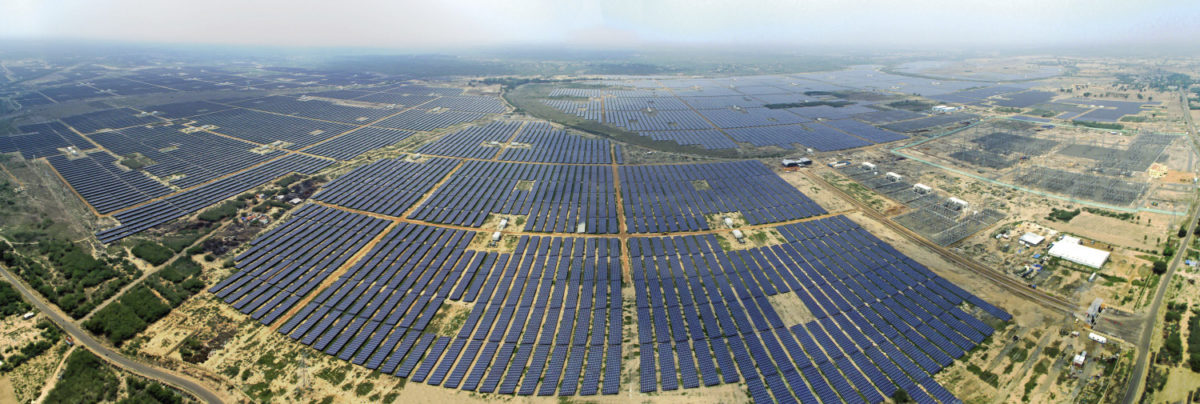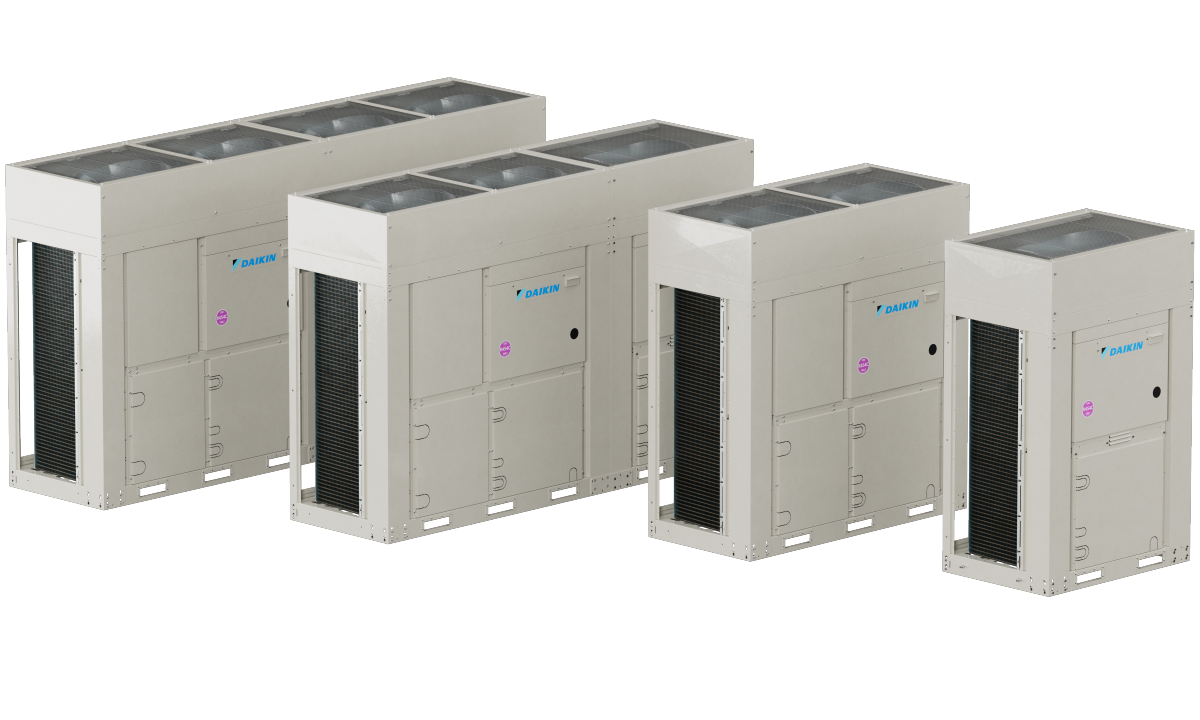From pv magazine India
India is set to see a surge in solar installations in fiscal 2022 and will likely add up to 8.5 GW of PV capacity in the fiscal year, according to ratings agency ICRA.
ICRA expects an aggregate 10.5 GW to 11 GW of fresh renewables capacity in fiscal 2022, with solar accounting for 8.5 GW, wind about 2 GW, and the rest coming from small hydro, biomass, and other sources. This compares to just 7.4 GW of new renewables (including about 5.5 GW solar and 1.5 GW wind) in fiscal 2021.
The installation recovery in fiscal 2022 will be led by a strong project pipeline of 38 GW (including about 9 GW wind). More than 20 GW 0f renewables projects are now in the tendering phase from various nodal agencies, providing visibility for capacity additions over the medium term, said ICRA.
“The RE sector is expected to witness investments of INR 3.5 trillion over the next four years, increasing the share of RE capacity to 34% of the overall installed capacity by March 2025 from 25% as of March 2021 led by the solar power segment,” said Girishkumar Kadam, senior vice president and co-group head of corporate ratings at ICRA.
Delays in signing power purchase agreements and bid cancellations in expectation of reduced tariff rates remain key challenges for the renewables sector.
However, Kadam sees PPA activity for the earlier tenders to pick up, as solar bid tariffs are expected to rise in upcoming auctions. This will be in line the rise in module prices and the imposition of basic customs duty (BCD) on imported solar cells and modules from April 2022. That said, solar power tariffs are expected to remain below INR 3/kWh.
ICRA expects the demand outlook for domestic solar manufacturers to remain favorable. Strong policy support through BCD imposition on solar imports, the notification of the production-linked incentive (PLI) scheme, and a strong order pipeline of about 35 GW to 40 GW over the next three to five years under various schemes mandating the use of domestic modules are factors working in favor of domestic manufacturers. Delays in including overseas suppliers on the Approved List of Models and Manufacturers (ALMM) will further support demand for domestic module makers in the near term.
“The policy push for the promotion of domestic module manufacturing is expected to improve the cost competitiveness of domestic OEMs and has led to new capacity announcements of more than 15 GW by various OEMs,” said Vikram V, vice president and sector head of corporate ratings at ICRA. “The timely commissioning of these new capacities remains important to meet the growing demand from the developers, given the current capacity constraints. Moreover, the ability of the OEMs to achieve backward integration and build economies of scale would be important to remain competitive against the overseas suppliers on a sustained basis.”
This content is protected by copyright and may not be reused. If you want to cooperate with us and would like to reuse some of our content, please contact: editors@pv-magazine.com.




By submitting this form you agree to pv magazine using your data for the purposes of publishing your comment.
Your personal data will only be disclosed or otherwise transmitted to third parties for the purposes of spam filtering or if this is necessary for technical maintenance of the website. Any other transfer to third parties will not take place unless this is justified on the basis of applicable data protection regulations or if pv magazine is legally obliged to do so.
You may revoke this consent at any time with effect for the future, in which case your personal data will be deleted immediately. Otherwise, your data will be deleted if pv magazine has processed your request or the purpose of data storage is fulfilled.
Further information on data privacy can be found in our Data Protection Policy.